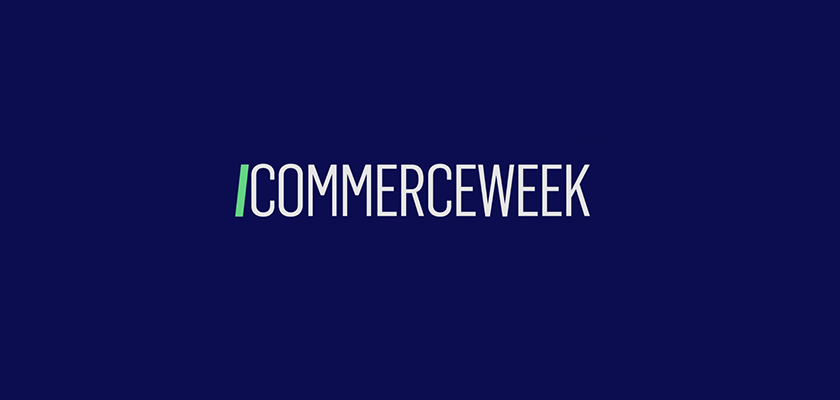At Poppins, we hold dear the values of Magic and Care, unveiling uniqueness and forming deep bonds with brands. Inspired by Mary Poppins, we embrace London’s diverse spirit. Our office, “The House of Poppins,” is designed to foster both magic and warmth, creating a welcoming space for our team and partners alike.

Poppins
Verified AgencyWe are strategy, creative and digital technology specialists. We craft beautiful brand expressions, digital experiences, and products, helping reach their full potential.
11-50 Employees
About
- HQ
- OFFICES
-
HEADQUARTERS
- ADDRESS: 43 Portland Pl, London W1B 1QH, United Kingdom
- PHONE: +447554855099
- E-MAIL: [email protected]
Services

















